Home>Interior Design>Why Are Popcorn Ceilings No Longer Popular? 5 Modern Alternatives
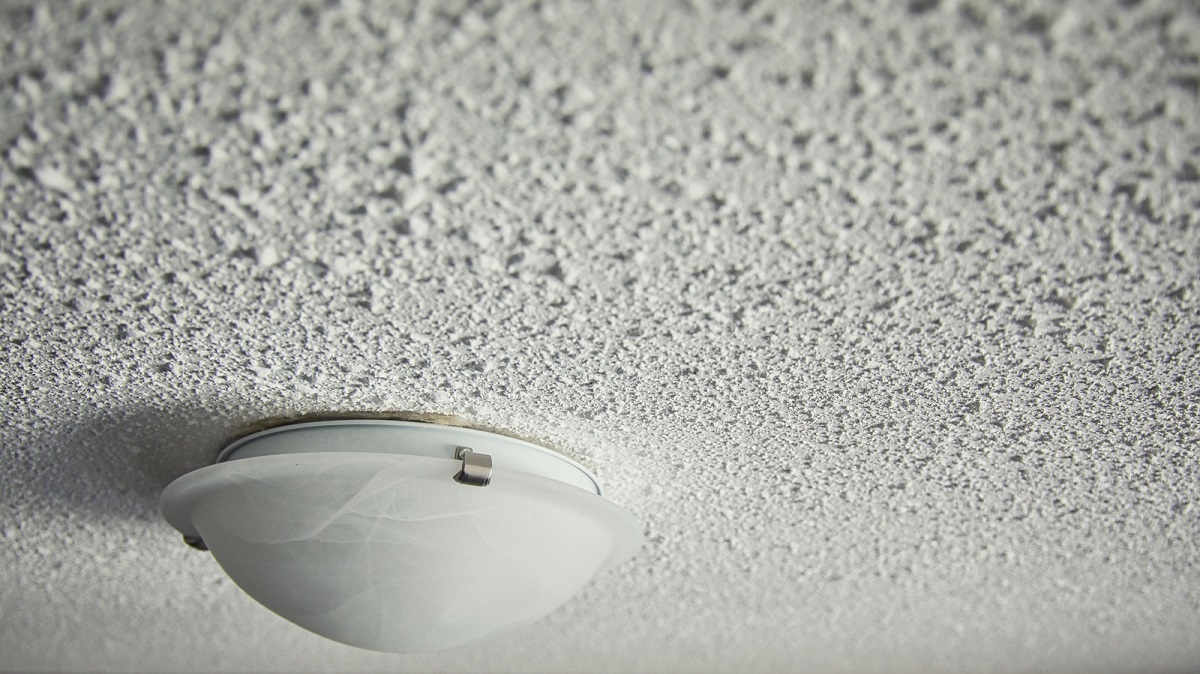

Interior Design
Why Are Popcorn Ceilings No Longer Popular? 5 Modern Alternatives
Modified: October 20, 2024
Discover why popcorn ceilings are no longer trendy and explore 5 modern interior design alternatives. Enhance your space with these stylish options.
(Many of the links in this article redirect to a specific reviewed product. Your purchase of these products through affiliate links helps to generate commission for Storables.com, at no extra cost. Learn more)
Introduction
In the realm of interior design, trends come and go, and this includes the style and finish of ceilings. One trend that has fallen out of favor in recent years is the notorious popcorn ceiling. Once a popular choice due to its affordability and ability to hide imperfections, popcorn ceilings are now considered outdated and unappealing by many homeowners and designers.
Popcorn ceilings, also known as textured or stippled ceilings, became popular in the mid-20th century. The name “popcorn” comes from the texture’s resemblance to a popped corn kernel. These ceilings were often created by spraying a mixture of paint and texture onto the surface, resulting in a lumpy and uneven appearance.
While popcorn ceilings had their advantages, such as noise reduction and the ability to conceal flaws, several factors have contributed to their decline in popularity over the years. In this article, we will explore the reasons behind the shift in preference and highlight five modern alternatives to popcorn ceilings that offer a more contemporary and visually appealing option for homeowners.
Key Takeaways:
- Say goodbye to popcorn ceilings! Modern alternatives like smooth ceilings, textured options, wood paneling, decorative tiles, and exposed beams offer contemporary, visually appealing, and customizable choices for homeowners and designers.
- The decline of popcorn ceilings has ushered in a new era of innovative and visually captivating ceiling finishes. From sleek and modern smooth ceilings to warm and elegant wood paneling, homeowners now have a wide array of options to transform their spaces.
The Popularity of Popcorn Ceilings
Before delving into the decline in popularity of popcorn ceilings, let’s first understand why they were so prevalent in the past. In the mid-20th century, popcorn ceilings gained popularity for several reasons.
Historical Context: Popcorn ceilings emerged as a cost-effective solution to cover up imperfections in the ceiling. They were also used as a way to add a unique texture and visual interest to a room. During this era, interior design trends leaned towards textured surfaces, with popcorn ceilings being one of the go-to options.
Benefits and Drawbacks: Popcorn ceilings offered certain advantages that contributed to their popularity. The texture helped to reduce echo and noise within a room, making it a favorable choice for apartments or houses with thin walls. Additionally, the textured surface could help to mask minor imperfections in the ceiling, saving homeowners from the labor-intensive task of repairing or repainting.
However, along with their advantages, popcorn ceilings also had their fair share of drawbacks. One major downside was the difficulty in cleaning and maintaining them. The rough, uneven texture of popcorn ceilings made it challenging to dust or wipe them down without damaging the surface. This posed a problem for those who wanted to keep their ceilings clean and free from the accumulation of dust or cobwebs.
Furthermore, popcorn ceilings could also pose a health risk. Many older homes that were built between the 1950s and 1980s used asbestos in the popcorn texture. Asbestos exposure can lead to serious health issues, including respiratory problems and even cancer. The potential health hazards associated with popcorn ceilings have contributed to their decline in popularity in recent years.
With the historical context and pros and cons of popcorn ceilings understood, it’s clear to see why their popularity has waned. Homeowners and designers today are seeking alternatives that offer a more modern and visually appealing ceiling finish while addressing the drawbacks of popcorn ceilings. Let’s explore some of these alternatives in the next section.
Reasons for Decline in Popularity
The decline in popularity of popcorn ceilings can be attributed to several factors that have emerged over the years. Let’s explore these reasons in more detail:
Changes in Interior Design Trends: Like all design trends, preferences for ceiling finishes evolve over time. Popcorn ceilings were popular in the mid-20th century but have since fallen out of favor as interior design trends shifted towards sleeker, more minimalist aesthetics. These days, homeowners and designers often opt for clean, smooth ceiling finishes that create an open and contemporary look.
Associated Health Concerns: One significant factor contributing to the decline in popcorn ceiling popularity is the potential health risks associated with asbestos. As mentioned earlier, many older homes built between the 1950s and 1980s used asbestos-containing materials in their popcorn texture. Asbestos has since been linked to serious health issues, including respiratory problems and cancer. The awareness of these risks has made homeowners cautious about maintaining or removing popcorn ceilings, leading them to seek safer alternatives.
Difficulty in Maintenance and Cleaning: Another reason for the decline in popularity of popcorn ceilings is the difficulty in cleaning and maintaining them. The rough texture makes it challenging to clean these ceilings effectively, as dust and dirt tend to accumulate within the crevices. Cleaning or repainting a popcorn ceiling often requires specialized equipment and expertise, making it a labor-intensive and costly task. This inconvenience has driven homeowners to opt for alternatives that are easier to maintain and keep clean.
As a result of these factors, homeowners and designers are now seeking modern alternatives to popcorn ceilings that offer improved aesthetics, health safety, and ease of maintenance. In the next section, we will explore five such alternatives that are gaining popularity in interior design.
Modern Alternatives to Popcorn Ceilings
As the popularity of popcorn ceilings has declined, homeowners and designers are turning to modern alternatives that offer a more contemporary and visually appealing look. Here are five popular alternatives to consider:
1. Smooth Ceilings: Smooth ceilings have become increasingly popular in recent years. They provide a clean and sleek finish that complements modern interior design styles. With smooth ceilings, there are no textured bumps or crevices, making them easier to clean and maintain. Achieving a smooth finish can be done through various techniques, such as skim coating or drywalling.
2. Textured Ceilings: While popcorn ceilings were once the go-to textured option, there are now alternative textures available that can add visual interest to a room. Textured ceilings can be achieved through techniques like skip trowel or knockdown texture, which create a subtle yet appealing texture without the rough bumps of popcorn ceilings.
3. Wood Paneling: Wood paneling is a classic alternative to popcorn ceilings that adds warmth and elegance to a space. It can create a cozy and inviting atmosphere while adding a touch of natural beauty. Wood paneling comes in various styles and finishes, allowing homeowners to choose the one that best matches their aesthetic preferences.
4. Decorative Ceiling Tiles: If you’re looking to add a touch of sophistication and decorative flair to your ceiling, consider using decorative ceiling tiles. These tiles come in a wide range of designs, materials, and finishes, offering endless possibilities to enhance the visual appeal of your space. They can be installed to create a stunning focal point or cover the entire ceiling for a more dramatic effect.
5. Exposed Beams: Exposed beams are a popular choice for those who want to create a rustic or industrial look in their space. Exposed beams can add architectural interest to a room and create a unique visual element on the ceiling. They can be made from various materials, including wood, steel, or reclaimed materials, allowing for versatility in design.
These modern alternatives to popcorn ceilings offer a variety of options for homeowners and designers to transform their ceilings into a focal point that aligns with their desired aesthetic. Each alternative has its own advantages and can significantly enhance the overall look and feel of a space. Ultimately, the choice depends on personal preference and the desired style of the room.
Smooth Ceilings
Smooth ceilings have gained popularity as a modern alternative to popcorn ceilings. They offer a sleek and clean finish that complements a wide range of interior design styles. Let’s explore the advantages and disadvantages of smooth ceilings and some techniques for achieving a smooth finish:
Advantages:
- Visual Appeal: Smooth ceilings provide a visually appealing look that exudes modernity and sophistication. They create a seamless and streamlined appearance, allowing other design elements in the room to stand out.
- Enhanced Lighting: Smooth ceilings reflect light more evenly, resulting in a brighter and more spacious feel to the room. This can help improve the overall ambiance and make the space feel larger.
- Easier to Clean and Maintain: Unlike textured ceilings, smooth ceilings have a flat surface, making them easier to clean and maintain. Dust and dirt can be easily wiped away without the risk of getting trapped in textured crevices.
- Flexible Decor Options: Smooth ceilings provide a blank canvas for homeowners to get creative with their ceiling design or decoration. Whether it’s adding a statement light fixture or decorative molding, the smooth surface allows for endless possibilities.
Disadvantages:
- Imperfections and Repairs: One challenge with smooth ceilings is that any imperfections or flaws in the underlying surface can be more visible. It’s essential to properly prepare the surface before achieving a smooth finish to ensure an immaculate result.
- Labor Intensive: Achieving a smooth finish on a ceiling can be labor-intensive, especially if the existing ceiling has a textured or popcorn finish. It may require substantial prep work, such as sanding and skim coating, to ensure a smooth and flawless surface.
- Ceiling Height Limitations: In spaces with low ceilings, a smooth finish can highlight any unevenness or irregularities. It’s crucial to take into consideration the height of the room and consult with a professional to determine whether a smooth ceiling is the best option.
Techniques for Achieving a Smooth Finish:
There are several techniques for achieving a smooth finish on a ceiling:
- Skim Coating: Skim coating involves applying a thin layer of joint compound or plaster over the existing ceiling to create a smooth surface. This technique helps to conceal imperfections and create a seamless finish.
- Drywalling: Another option is to install new drywall over the existing ceiling. This allows for a completely smooth and flawless finish. However, this technique may require additional structural considerations and can be more time-consuming.
- Sanding and Priming: In some cases, sanding the existing ceiling and applying a layer of primer can help to achieve a smoother finish. This technique is suitable for minor imperfections or unevenness in the texture.
Overall, smooth ceilings offer numerous advantages, including visual appeal, enhanced lighting, and ease of maintenance. However, they do require careful preparation and labor to achieve a flawless finish. Consulting with a professional is recommended to ensure the best outcome and determine the most suitable technique for achieving a smooth ceiling in your space.
Tip: Popcorn ceilings are no longer popular due to their outdated appearance and potential health risks. Modern alternatives include smooth ceilings, wood paneling, tin tiles, coffered ceilings, and decorative ceiling beams.
Textured Ceilings
Textured ceilings have long been a popular choice for homeowners looking to add visual interest and dimension to their space. There are various types of texturing techniques available, each offering a unique look and feel. Let’s explore the different types of texturing and the pros and cons of textured ceilings:
Different Types of Texturing:
- Knockdown Texture: Knockdown texture involves spraying a mixture of joint compound and water onto the ceiling and then flattening it with a trowel or roller. It creates a textured surface with a subtle, mottled effect.
- Popcorn Texture: Popcorn texture, also known as acoustic or cottage cheese texture, was once a popular choice. It has a bumpy and rough appearance and was used to hide imperfections and reduce noise.
- Orange Peel Texture: Orange peel texture resembles the skin of an orange. It is achieved by spraying a texture mixture and then creating a gentle stipple effect with a textured roller. It provides a more refined texture compared to popcorn ceilings.
- Skip Trowel Texture: Skip trowel texture involves troweling a thin layer of joint compound onto the ceiling surface, creating a texture with subtle and irregular patterns. It offers an elegant and sophisticated look.
Pros of Textured Ceilings:
- Visual Interest: Textured ceilings add depth and character to a room, creating a unique visual appeal that can enhance the overall design aesthetic.
- Disguises Imperfections: One of the primary benefits of textured ceilings is their ability to hide imperfections or unevenness in the ceiling surface. This makes them a practical choice for older homes or ceilings with flaws.
- Noises Reduction: Textured ceilings can help to reduce echo and noise in a room by disrupting sound waves. This can be particularly beneficial in apartments or spaces with high ceilings.
Cons of Textured Ceilings:
- Cleaning Challenges: Textured ceilings can be more challenging to clean compared to smooth ceilings. Dust and dirt can settle into the textured crevices, and it may require more effort to thoroughly clean them.
- Outdated Aesthetic: While textured ceilings were popular in the past, they have become associated with outdated design styles. Many homeowners and designers now prefer smooth and clean ceiling finishes for a more modern look.
- Difficulty in Modification: If you decide to change the look or style of a room, modifying a textured ceiling can be more challenging compared to a smooth ceiling. Repairs or modifications may require additional work and expertise.
When considering textured ceilings, it’s important to weigh the pros and cons against your desired design aesthetic and the practicality of maintenance. If you prefer a visually interesting and character-filled ceiling, textured options can offer a charming and unique touch. However, if you seek a more modern and streamlined look, you may consider exploring other alternatives such as smooth ceilings.
Wood Paneling
Wood paneling is a timeless option that adds warmth, elegance, and a touch of nature to any space. It has been a popular choice for ceilings, offering a unique and sophisticated look. Let’s delve into the advantages of wood paneling and explore the different styles and finishes available:
Adding Warmth and Elegance:
One of the key reasons homeowners choose wood paneling for their ceilings is the warmth and elegance it brings to a room. The natural texture, color variations, and grain patterns of wood create a sense of coziness and sophistication that can enhance any interior design style, from traditional to contemporary.
Wood paneling also adds a layer of visual interest and depth to a space. It can elevate the overall aesthetic, making the room feel more inviting and refined. Whether it’s a rustic cabin-style design or a sleek and modern ambiance, wood paneling offers versatility in creating the desired atmosphere.
Different Styles and Finishes:
Wood paneling comes in a variety of styles and finishes, allowing homeowners to choose the one that best suits their taste and complements their overall design scheme. Here are a few popular options:
Tongue-and-Groove: Tongue-and-groove wood paneling consists of interlocking boards that fit together seamlessly. This style creates a tight connection, resulting in a smooth and uniform surface. It’s a classic choice for a refined and polished look.
Shiplap: Shiplap is a style of wood paneling where the boards have a distinctive groove running along one edge and a corresponding ridge on the opposite edge. When installed, the groove and ridge create a charming horizontal gap between each board, adding a touch of rustic elegance and character to the ceiling.
Beadboard: Beadboard paneling features narrow, vertical planks with a distinctive groove or “bead” running along the edges. It offers a timeless and traditional look reminiscent of classic cottages or country homes. Beadboard adds texture, depth, and visual interest to a ceiling.
Reclaimed Wood: For a unique and environmentally friendly option, reclaimed wood paneling is gaining popularity. This type of wood comes from old barns, factories, or other structures, giving it a rich history and a unique patina. Reclaimed wood paneling adds character, charm, and a sense of sustainability to a space.
Various finishes can be applied to wood paneling, depending on the desired look and feel. These finishes can range from natural stains that enhance the wood’s natural beauty to painted or whitewashed options for a more contemporary or coastal vibe. The choice of finish allows homeowners to personalize their ceiling and create the desired aesthetic.
Whether it’s creating a cozy and traditional atmosphere or adding a touch of rustic elegance, wood paneling offers a versatile and visually appealing choice for ceiling finishes. Its warmth, elegance, and range of styles and finishes make it a popular option among homeowners seeking to infuse a space with natural beauty and character.
Decorative Ceiling Tiles
When it comes to adding a touch of elegance and visual appeal to a ceiling, decorative ceiling tiles are a popular choice. These tiles offer endless possibilities for enhancing the overall aesthetic of a room. Let’s explore the advantages of decorative ceiling tiles and the variety of designs and materials available:
Enhancing Visual Appeal:
Decorative ceiling tiles are designed to transform a plain ceiling into a stunning focal point. They can add depth, texture, and architectural interest to a space, elevating the overall design aesthetic. Whether you’re aiming for a luxurious, vintage, contemporary, or even an artistic look, decorative ceiling tiles offer the versatility to achieve your desired style.
By incorporating decorative ceiling tiles, you can create a visually captivating ceiling that complements the rest of the room’s decor. They serve as a striking element that draws the eye upward, adding a sense of elegance and grandeur to the space.
Variety of Designs and Materials:
Decorative ceiling tiles come in a wide array of designs, patterns, and materials, allowing you to choose the perfect style to suit your preferences and match your overall design scheme.
One popular design option is tin ceiling tiles, which exude a vintage and nostalgic charm. Tin tiles often feature intricate patterns and embossments that add depth and texture to a ceiling. They are available in various finishes, including antique, metallic, or painted, providing a range of options to suit different decor styles.
For those seeking a more contemporary or modern look, there are decorative ceiling tiles made from materials such as PVC or foam. These tiles offer flexibility in design and can be easily customized to suit individual preferences. They come in an extensive selection of patterns, textures, and finishes, including faux wood, concrete, or metallic looks. These materials provide the opportunity to create a unique and personalized ceiling design.
Other materials used for decorative ceiling tiles include wood, fiberboard, and even eco-friendly options like recycled materials. Different finishes, such as glossy, matte, or textured, further enhance the visual appeal of the tiles, allowing for customization to suit various design aesthetics.
Overall, decorative ceiling tiles serve as an excellent way to transform a plain ceiling into a stunning design element. They offer the versatility to complement a range of design styles and provide an opportunity to showcase creativity and individuality. The wide variety of designs and materials available ensures that there’s a perfect option for every space and design vision.
Exposed Beams
Exposed beams are a captivating design element that can create a striking ceiling aesthetic and add architectural interest to a space. Whether you desire a rustic, industrial, or contemporary look, exposed beams offer a range of design possibilities. Let’s delve into the aesthetic appeal and architectural interest of exposed beams, as well as the different materials and styles available:
Aesthetic Appeal and Architectural Interest:
Exposed beams are known for their ability to create a visually appealing and dramatic look in a room. They can add a sense of depth, warmth, and texture to the ceiling, instantly drawing attention and creating an impactful statement.
One of the key advantages of exposed beams is their architectural interest. They can highlight the structural elements, showcase craftsmanship, and provide a sense of history and character to the space. Exposed beams can evoke a rustic and cozy ambiance in a country-style home, or an industrial charm in a loft or modern industrial-inspired space.
Additionally, exposed beams can also contribute to the illusion of height and space in a room. By drawing the eye upward, they create a sense of verticality, making the space appear larger and more open.
Different Materials and Styles:
Exposed beams can be made from various materials, each offering a distinct aesthetic and design approach.
Wood Beams: Wood beams are a classic choice, known for their natural warmth and timeless appeal. They can range from reclaimed and rough-hewn timber beams to more refined and polished options. Wood beams can be stained to showcase the natural grain or painted to match the overall design scheme.
Metal Beams: Metal beams provide a modern and industrial look, adding a sleek and contemporary touch to a space. They are often made from materials like steel or iron. Metal beams can be left in their natural finish for an edgy and raw effect or painted for a more polished look.
Faux Beams: Faux beams offer the look of real wood or metal beams but are typically made from lightweight and cost-effective materials such as foam or engineered wood. They are a popular option for those seeking a budget-friendly alternative or a solution where weight may be a concern.
When it comes to the style of exposed beams, there are several options to consider. Beams can be positioned horizontally across the ceiling, showcasing symmetry and a clean aesthetic. Alternatively, beams can be placed in a crisscross pattern, creating a more intricate and visually dynamic design. The choice of style depends on the desired look and the overall design vision for the space.
Exposed beams offer a captivating ceiling design option that adds both aesthetic appeal and architectural interest. The choice of materials and styles allows for flexibility in design, providing the opportunity to create a unique and personalized space that suits your individual style and complements the overall decor of the room.
Read more: How To Scrape Popcorn Ceiling
Conclusion
The popularity of popcorn ceilings has significantly declined in recent years, and homeowners and designers are now seeking modern alternatives that offer a more contemporary and visually appealing look. Changes in interior design trends, associated health concerns, and the difficulty in maintenance and cleaning have all contributed to the decline in popularity of popcorn ceilings.
Fortunately, there are several modern alternatives to consider when it comes to ceiling finishes. Smooth ceilings have gained traction due to their clean and sleek appearance, ease of maintenance, and ability to reflect light evenly. Textured ceilings offer a wide range of options, such as knockdown texture or orange peel texture, which add visual interest and help camouflage imperfections.
For those looking to add warmth and elegance to a space, wood paneling provides a timeless option with various styles and finishes to suit individual preferences. Decorative ceiling tiles offer a chance to create a striking focal point and enhance the visual appeal of a room, with a vast selection of designs and materials available.
Exposed beams provide an opportunity to add aesthetic appeal and architectural interest to a space, whether it’s a rustic, industrial, or contemporary look desired. The choice of materials, such as wood or metal, and the style of the beams, whether horizontal or crisscross, allows for customization to suit individual design visions.
In conclusion, the decline in popularity of popcorn ceilings has paved the way for innovative and visually appealing alternatives. Whether it’s achieving a sleek and smooth finish, adding texture and depth, incorporating the warmth of wood, creating a decorative focal point, or implementing exposed beams, homeowners now have a wide range of options to transform their ceilings and elevate the overall design of their space.
It’s important to consider personal preferences, the desired style of the room, and the practicality of maintenance when selecting a suitable alternative. Consulting with professionals or interior designers can provide valuable insights and guidance to ensure the chosen ceiling finish aligns with your vision and enhances the overall aesthetic of your space.
Frequently Asked Questions about Why Are Popcorn Ceilings No Longer Popular? 5 Modern Alternatives
Was this page helpful?
At Storables.com, we guarantee accurate and reliable information. Our content, validated by Expert Board Contributors, is crafted following stringent Editorial Policies. We're committed to providing you with well-researched, expert-backed insights for all your informational needs.
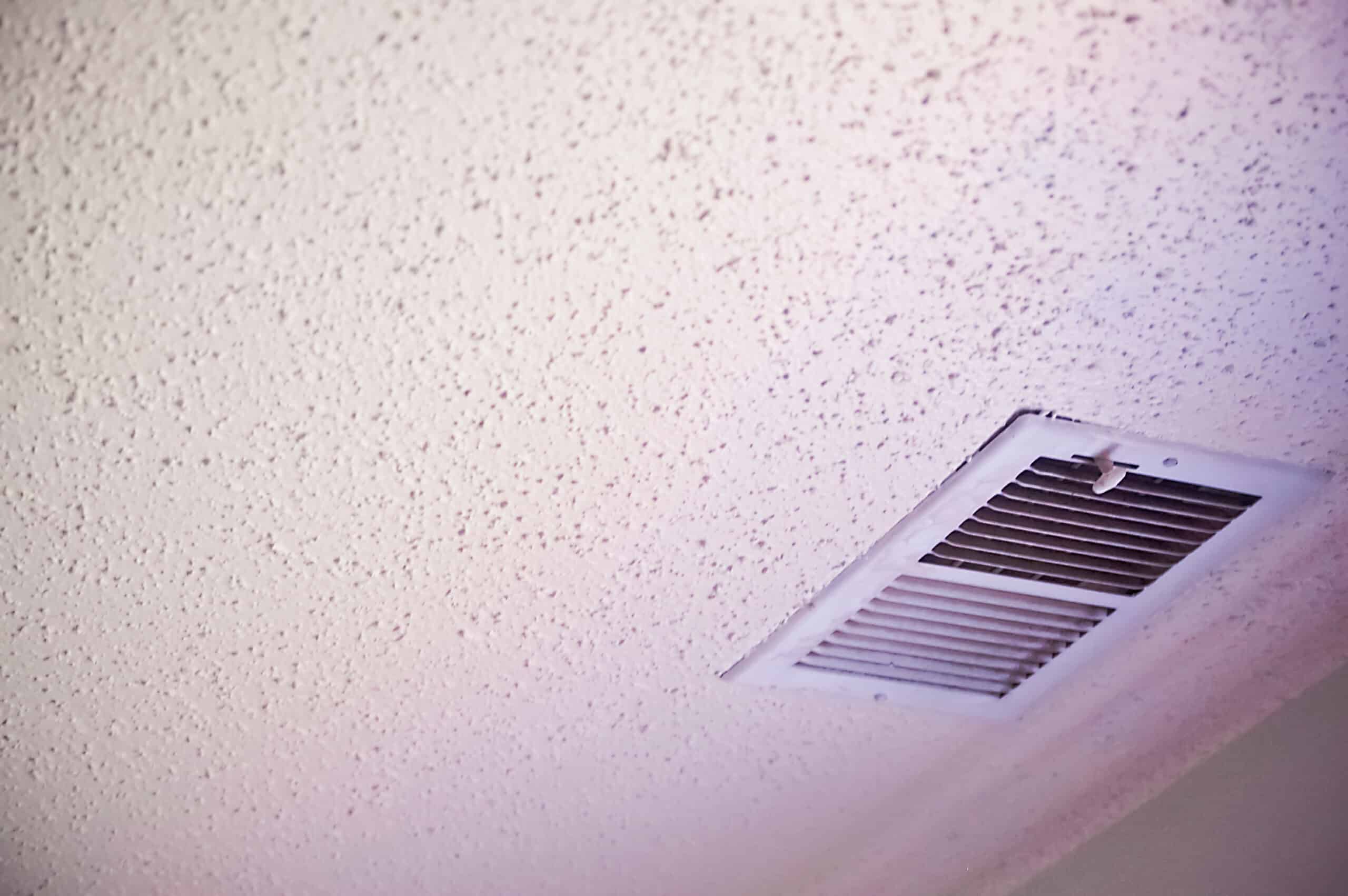
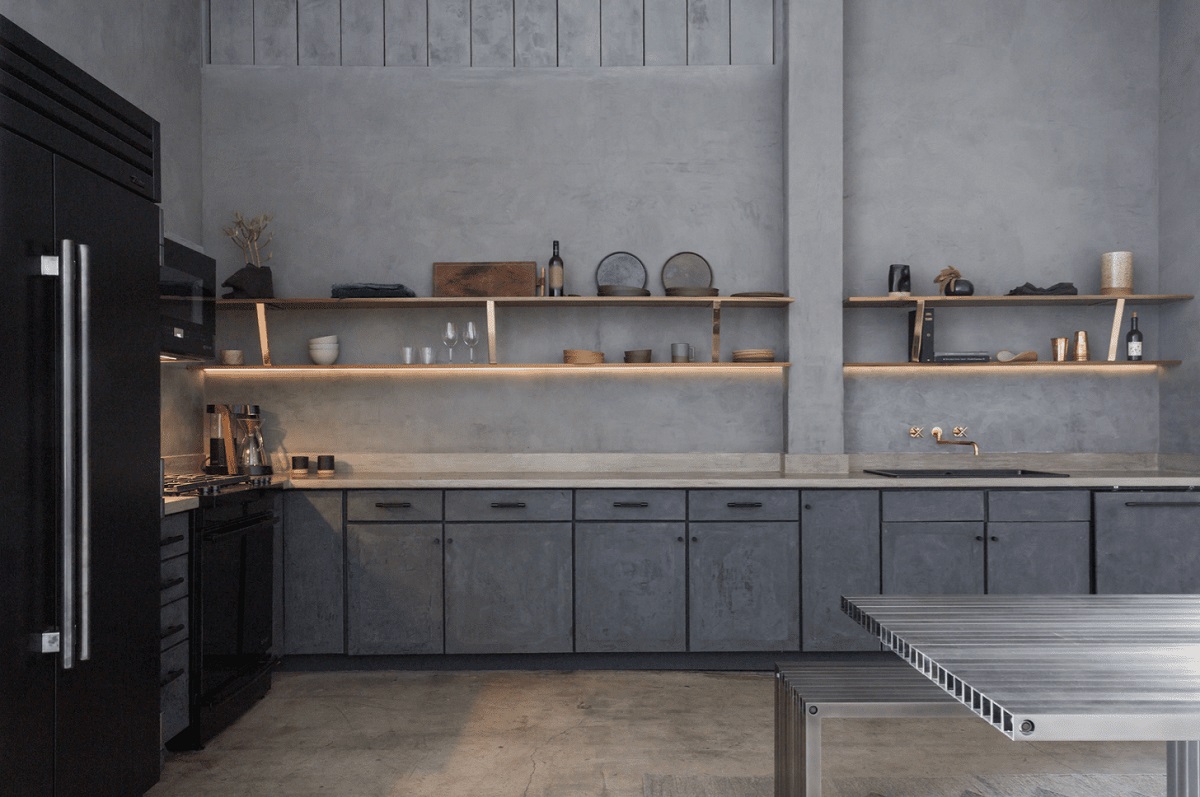


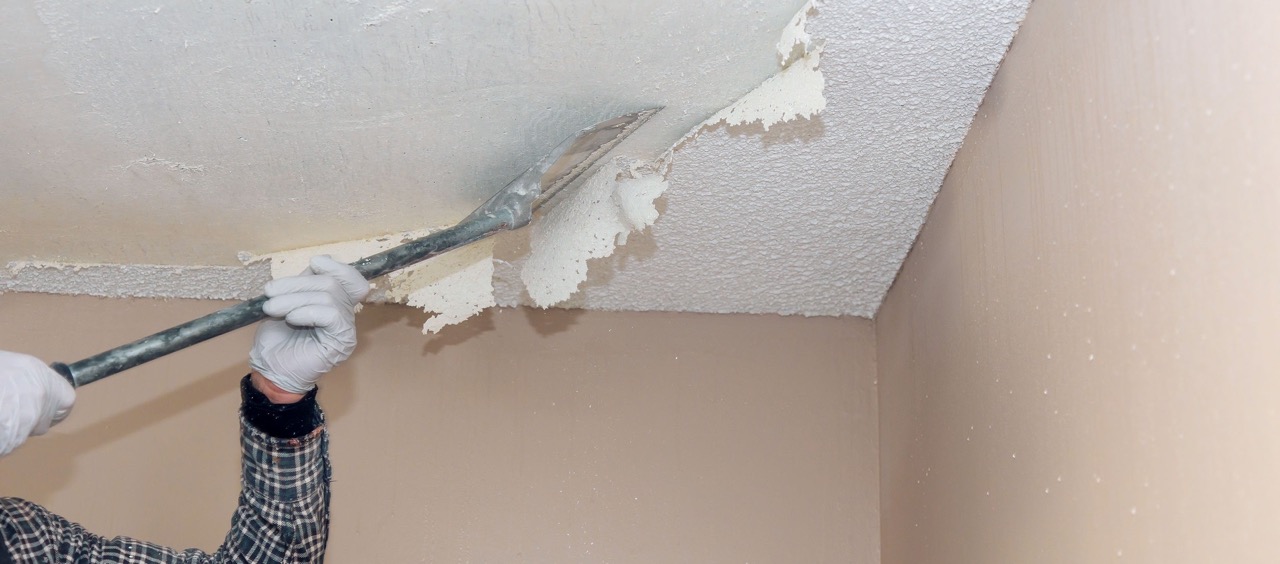
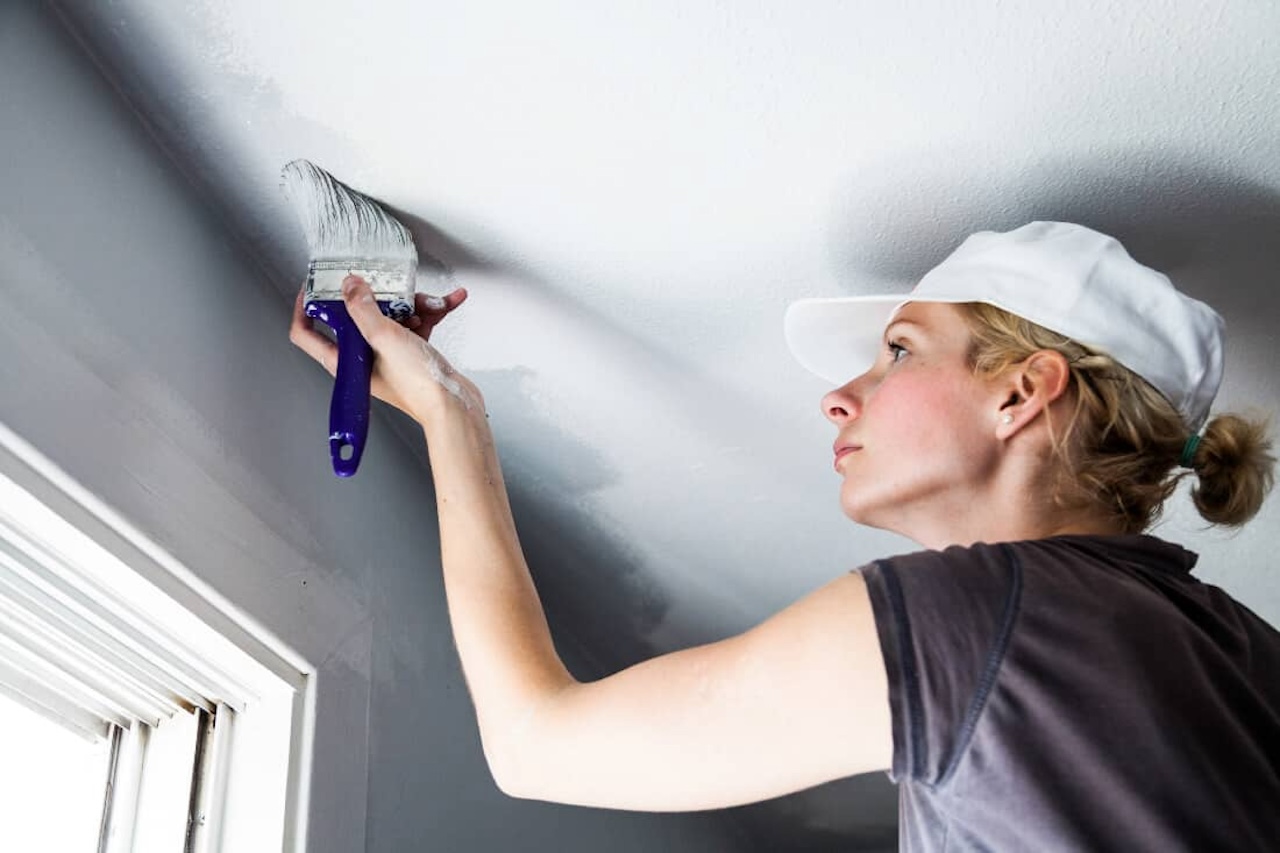
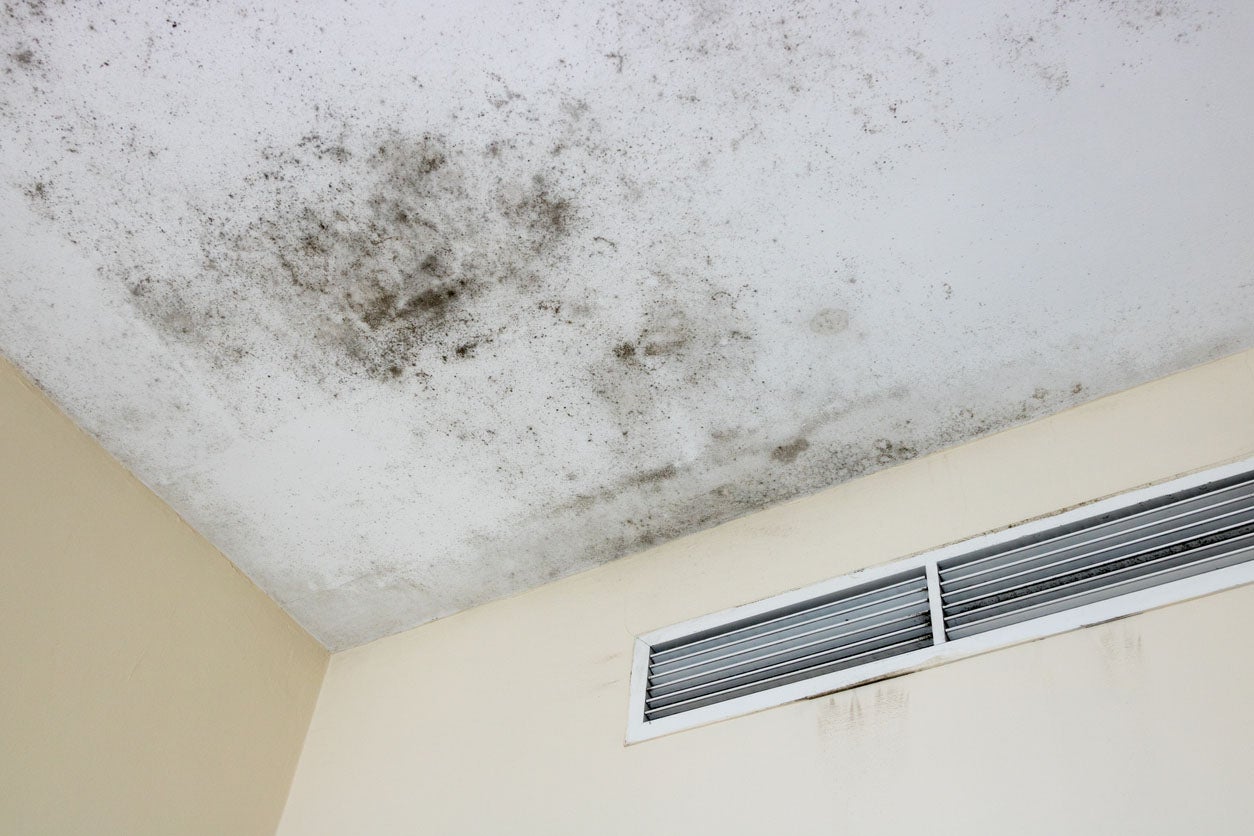
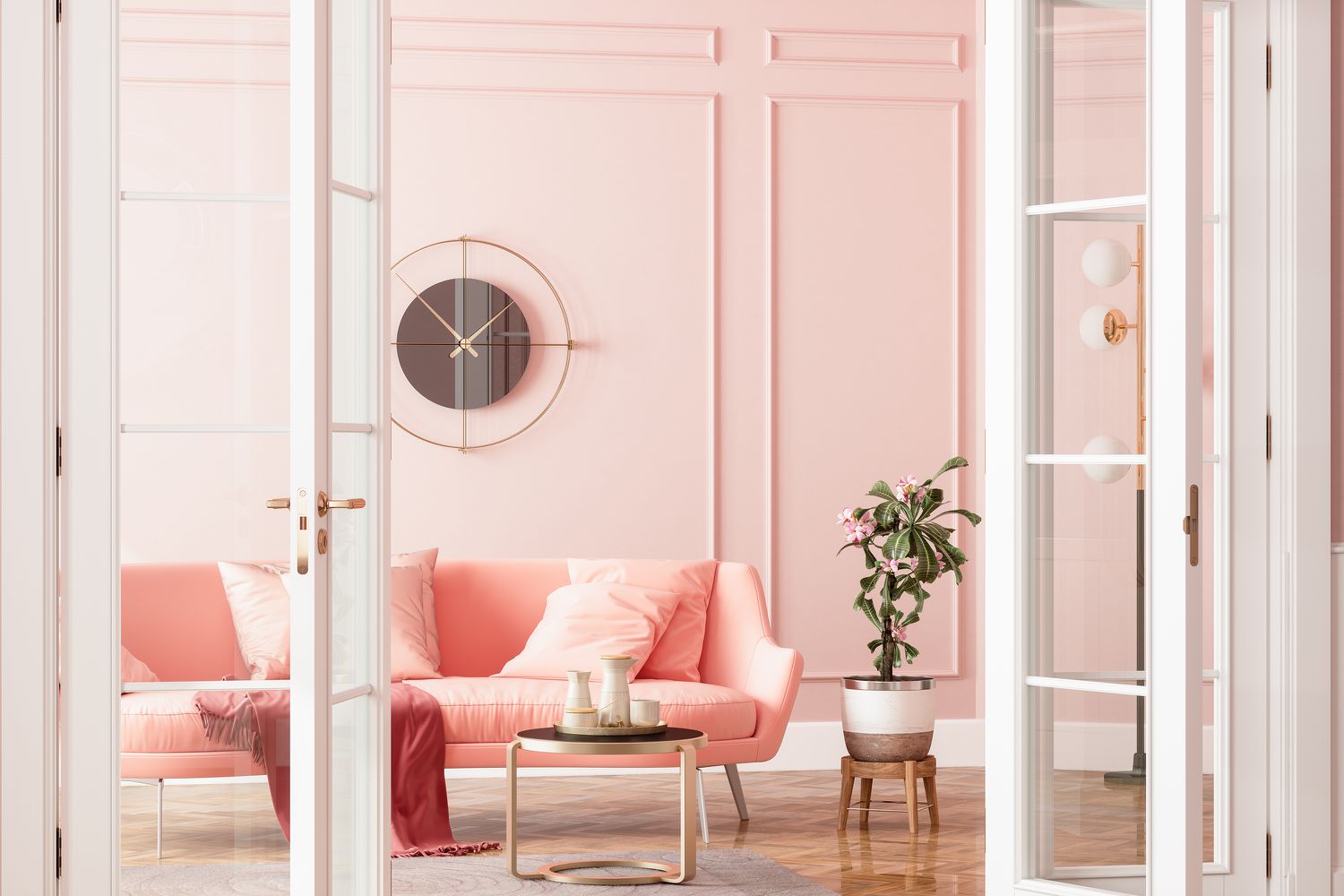
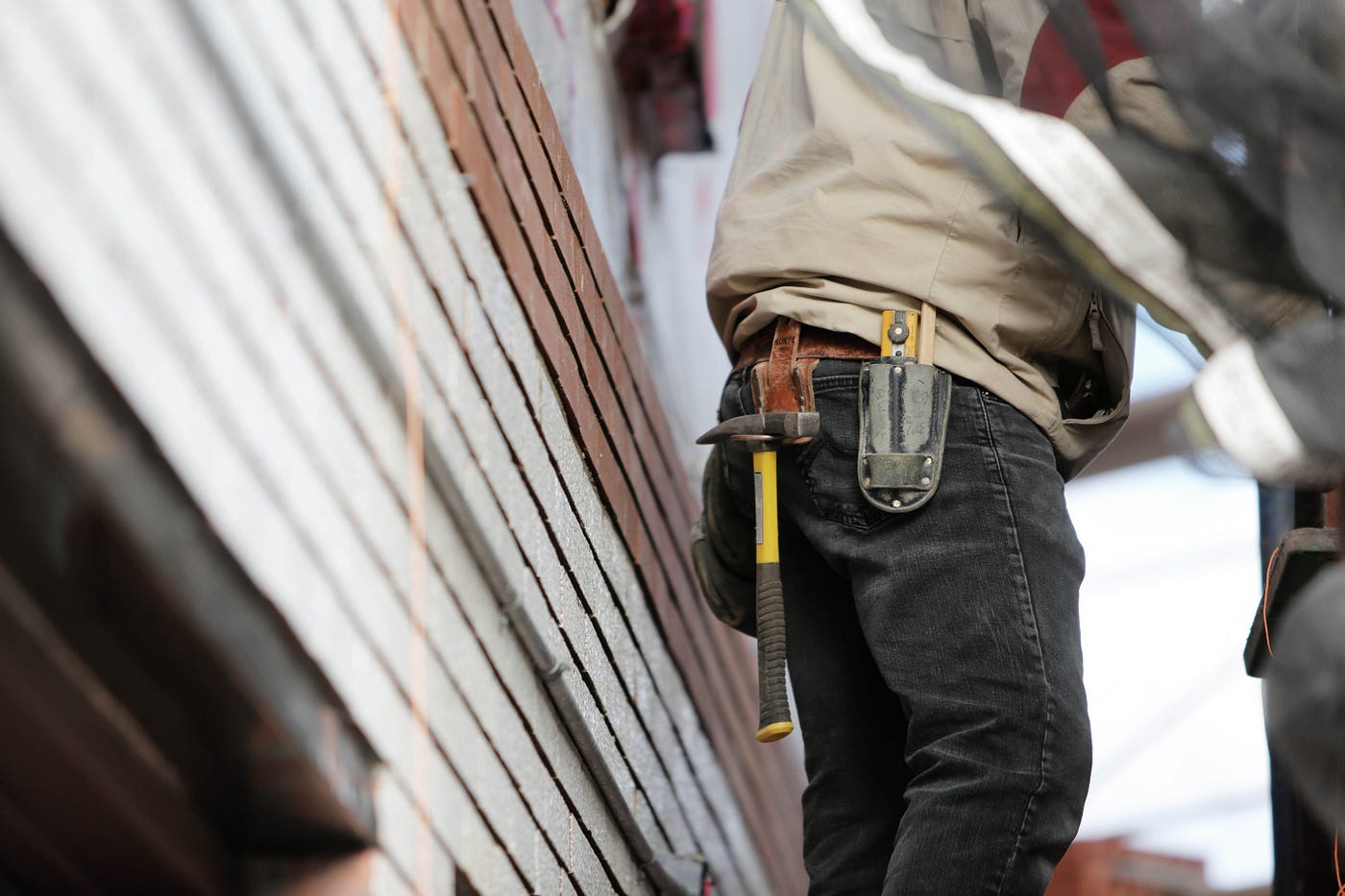
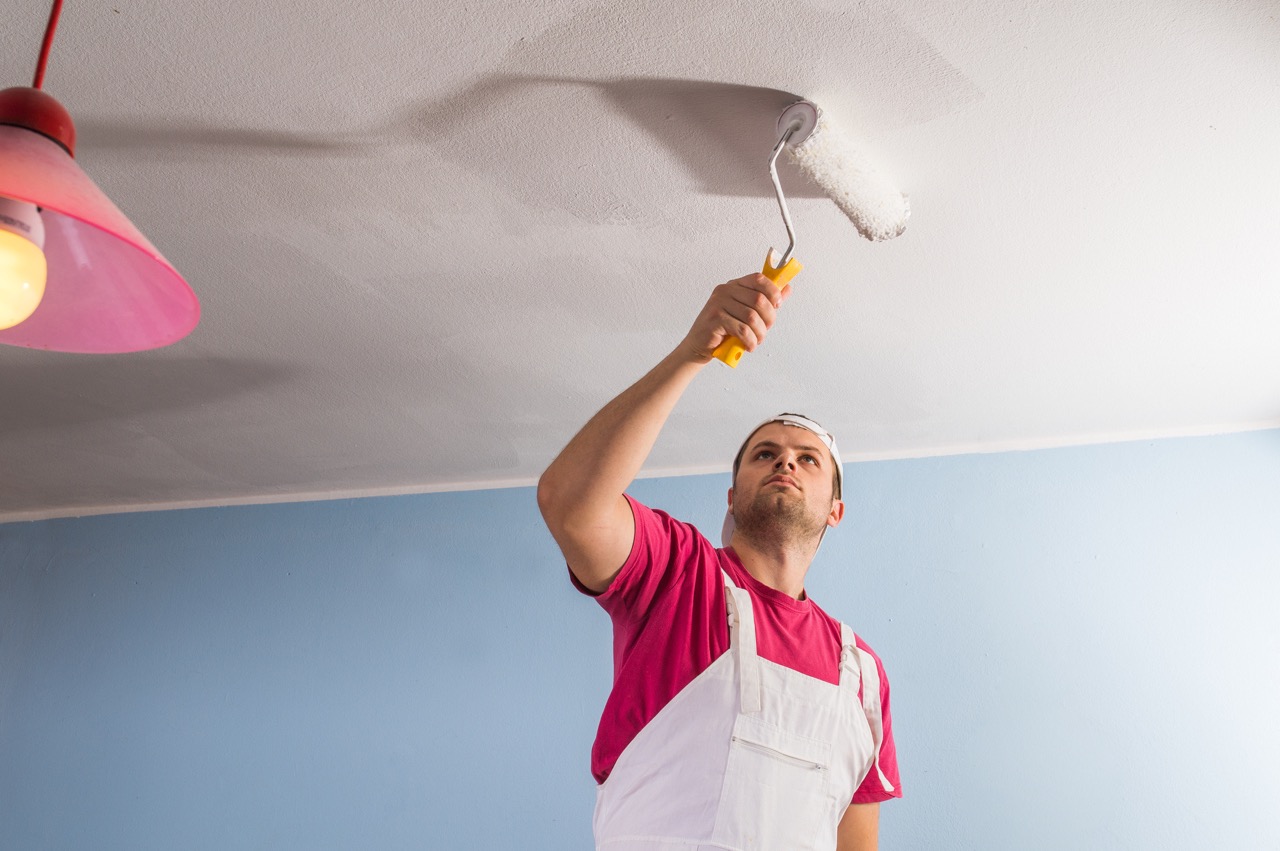


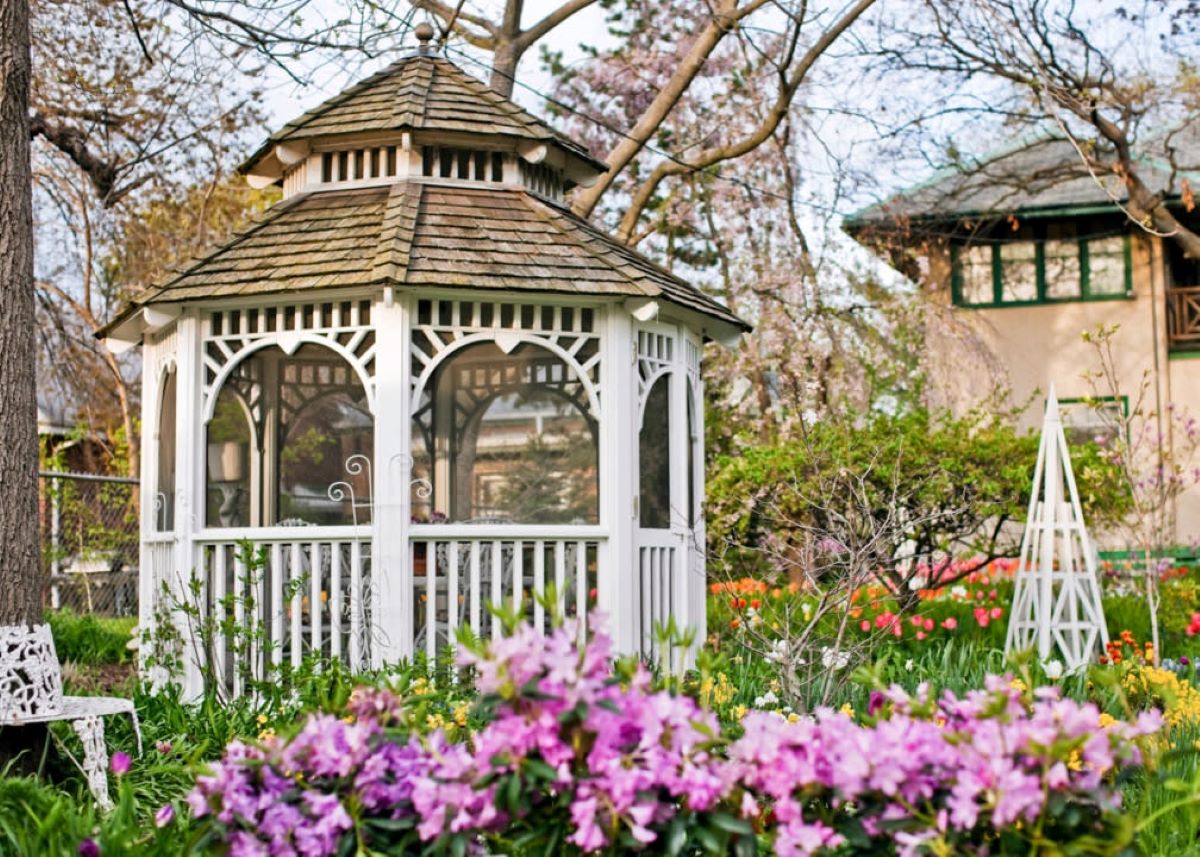

0 thoughts on “Why Are Popcorn Ceilings No Longer Popular? 5 Modern Alternatives”